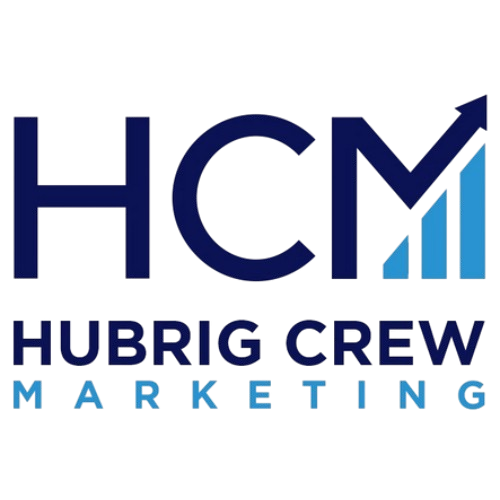Introduction to Automotive Digital Marketing
In the digital era, over 80% of car buyers conduct online research before setting foot in a dealership. This statistic underscores the transformative shift in the automotive industry from traditional marketing to digital strategies. According to industry expert, John Doe, “The digital landscape offers unparalleled opportunities for brands to engage with consumers in a personalized and interactive manner.”
The evolution from traditional marketing methods like TV commercials and print ads to digital platforms is driven by the need to connect with the modern, tech-savvy consumer. Today’s buyers rely heavily on online resources, reviews, and social media to influence their purchasing decisions.
Digital marketing plays a vital role in the automotive industry by enabling brands to showcase their products to a broader audience. By leveraging various digital channels, companies can generate leads, increase sales, and build brand loyalty. Engaging with connected consumers through personalized messaging and interactive content is not just beneficial; it’s essential for staying competitive in this fast-evolving market.
The Importance of SEO in Automotive Marketing
SEO, or search engine optimization, is a vital tool in the automotive industry. It involves enhancing the visibility of websites and social media pages on search engine results pages (SERPs). By employing strategies like keyword research and backlinking, automotive businesses can connect with consumers actively searching for vehicles or parts. This not only boosts conversions and sales but also improves customer engagement and satisfaction.
Consumers today dedicate 59% of their car-shopping time to online research, often using multiple devices. With 53% relying on mobile devices, ensuring a robust online presence is crucial. Platforms such as YouTube influence 70% of users in their buying process, emphasizing the importance of digital resources in decision-making.
To effectively optimize automotive websites, focus on strategies like local SEO, long-tail keywords, and mobile optimization. Additionally, building strong review profiles and using internal linking can enhance visibility and user navigation.
| Organic Search Results | Paid Ads |
|---|---|
| Cost-effective over time | Immediate visibility but costs per click |
| Builds brand trust | Can be seen as intrusive |
Harnessing PPC Advertising
Pay-per-click (PPC) advertising is a direct-to-consumer strategy where advertisers pay each time their ad is clicked. In the automotive sector, PPC is a game-changer, boosting brand visibility and driving traffic to dealership websites. It allows companies to reach potential customers in real-time, making it an essential tool in digital marketing.
“PPC campaigns can transform the way dealerships engage with potential buyers,” says a PPC expert. The strategy’s effectiveness is evident, with a 42% year-on-year increase in traffic driven by PPC campaigns in 2023, which now accounts for 20% of overall website traffic. This demonstrates PPC’s growing impact in the industry.
To craft successful automotive PPC campaigns, consider these tips:
- Set clear goals, like increasing sales or boosting brand visibility.
- Conduct thorough keyword research to find relevant search terms.
- Craft compelling ad copy with strong calls-to-action.
- Utilize geo-targeting to focus ads on specific regions.
- Monitor and optimize campaigns regularly to enhance performance.
For more insights on effective strategies, check out our PPC management services. With targeted strategies and regular optimization, PPC can significantly elevate an automotive company’s digital marketing efforts.
Leveraging Social Media Platforms
In the digital age, social media platforms have become essential for automotive marketing. YouTube, the second-most used search engine, is invaluable for product walkthroughs and customer testimonials, with 41% of car buyers using it for research. Meanwhile, Facebook reaches nearly 3 billion users, offering targeted ads and enhancing lead capture through real-time engagement on Messenger.
Instagram appeals to younger audiences, focusing on engaging visual content. Brands utilize features like Stories for interactive polls, while platforms like LinkedIn target professionals interested in luxury vehicles. Notably, TikTok is a rising star, with over three-quarters of users researching car purchases, making it perfect for creative content with trending audio.
Statistics highlight that nearly 1 in 3 car buyers share their purchases online, boosting brand visibility through hashtags. Success stories include Mercedes-Benz and BMW. Mercedes-Benz engages users with environmental content, while BMW uses high-quality images and user-generated content to captivate audiences. These strategies exemplify how social media marketing can revolutionize engagement and community-building in the automotive industry.
The Power of Email Marketing
Email marketing is a transformative tool for the automotive industry, offering numerous benefits such as targeted communication, cost-effectiveness, and enhanced brand awareness. By segmenting their audience, automotive businesses can deliver tailored messages, ensuring content relevance and boosting customer engagement.
Statistics highlight its impact, with the average open rate for automotive emails at 12.6% and a click-through rate (CTR) of 1.2%. These metrics indicate strong engagement and interest levels. Moreover, a low unsubscribe rate of 0.2% suggests that businesses are effectively meeting subscriber expectations.
For effective email campaigns, consider strategies like automation to send timely, behavior-driven messages. For instance, reminders for service appointments or follow-ups after a purchase can significantly enhance customer loyalty. As marketing expert John Doe notes, “Personalized email communication is the cornerstone of customer retention in the automotive sector.”
Ultimately, email marketing serves as a powerful medium for connecting with audiences, driving sales, and building lasting relationships. An infographic illustrating these statistics can further emphasize its significance in revolutionizing automotive digital marketing strategies.
Frequently Asked Questions
Q: What is the best digital marketing strategy for automotive companies?
A: The most effective strategy often involves a combination of SEO, PPC advertising, social media, and email marketing. Each channel offers unique benefits that can enhance visibility, engagement, and conversion rates when used together.
Q: How can small dealerships compete with larger brands?
A: Small dealerships can leverage local SEO to boost visibility in their specific area. Focusing on personalized customer service and harnessing the power of social media engagement can also differentiate them from bigger players. Building strong community relationships and offering unique promotions can further enhance their competitive edge.
Q: What role does customer feedback play in digital marketing?
A: Customer feedback is crucial for refining digital marketing strategies. It provides insights into consumer preferences and areas for improvement. Engaging with feedback can improve customer satisfaction and loyalty, while also guiding content and campaign adjustments to better meet audience needs.
Conclusion: The Future of Automotive Digital Marketing
In the ever-evolving landscape of the automotive industry, digital marketing strategies have proven indispensable. From the precision of SEO and the targeted reach of PPC advertising to the engaging nature of social media platforms and the personalized touch of email marketing, these strategies have reshaped how brands connect with consumers. As technology continues to advance, staying ahead in the market requires embracing new tools and platforms.
The importance of adapting to new technologies cannot be overstated. As consumer behaviors shift and digital channels evolve, automotive companies must remain agile, continually refining their marketing approaches to meet changing demands. This adaptability will be crucial as emerging trends such as artificial intelligence, augmented reality, and data analytics offer new opportunities for personalization and customer engagement.
Looking ahead, the future of automotive digital marketing is bright and full of potential. By integrating innovative technologies and maintaining a customer-centric approach, brands can forge stronger connections and drive growth. We invite you to share your thoughts on these trends or any strategies you’ve found effective in the comments below. Let’s continue the conversation on the exciting evolution of automotive marketing.



